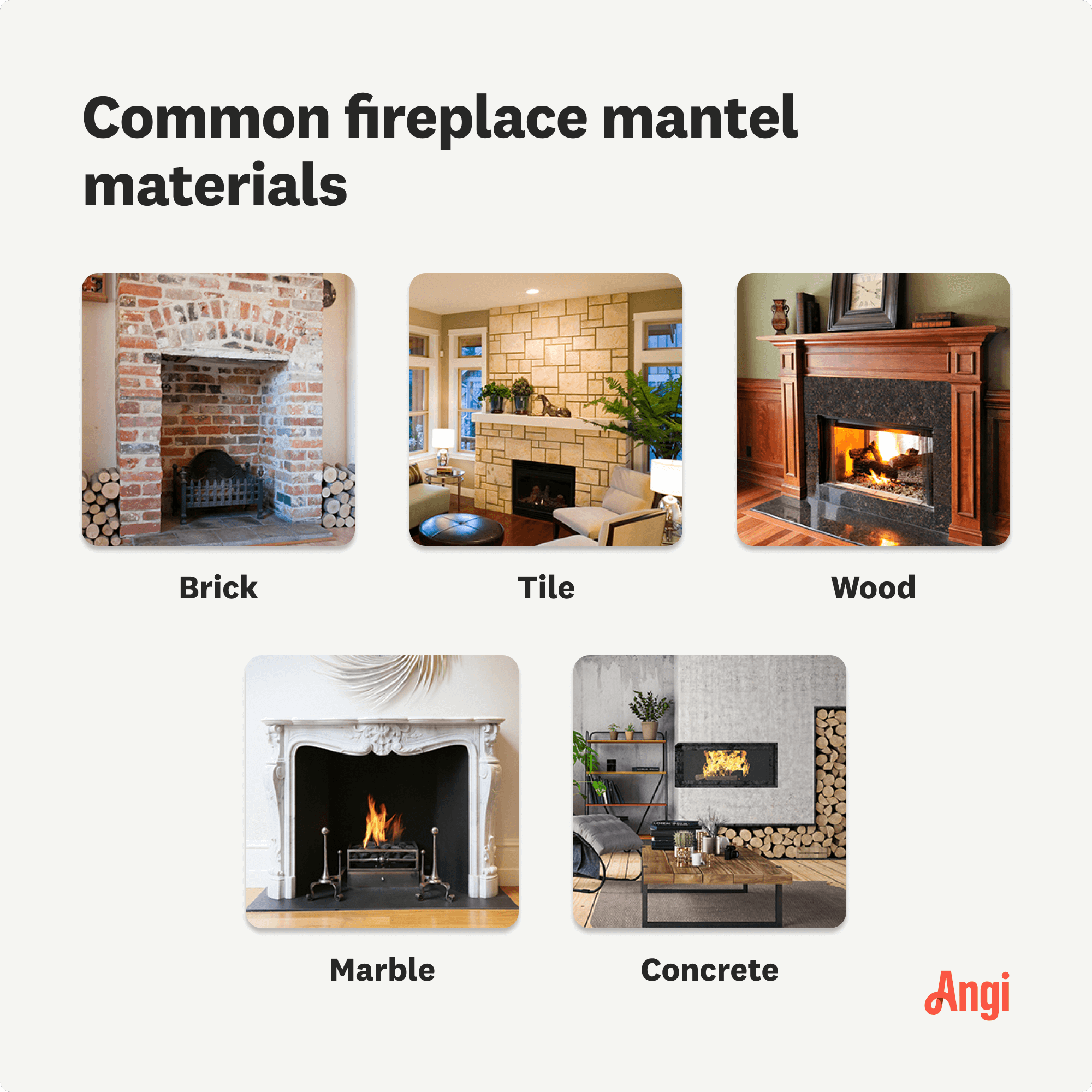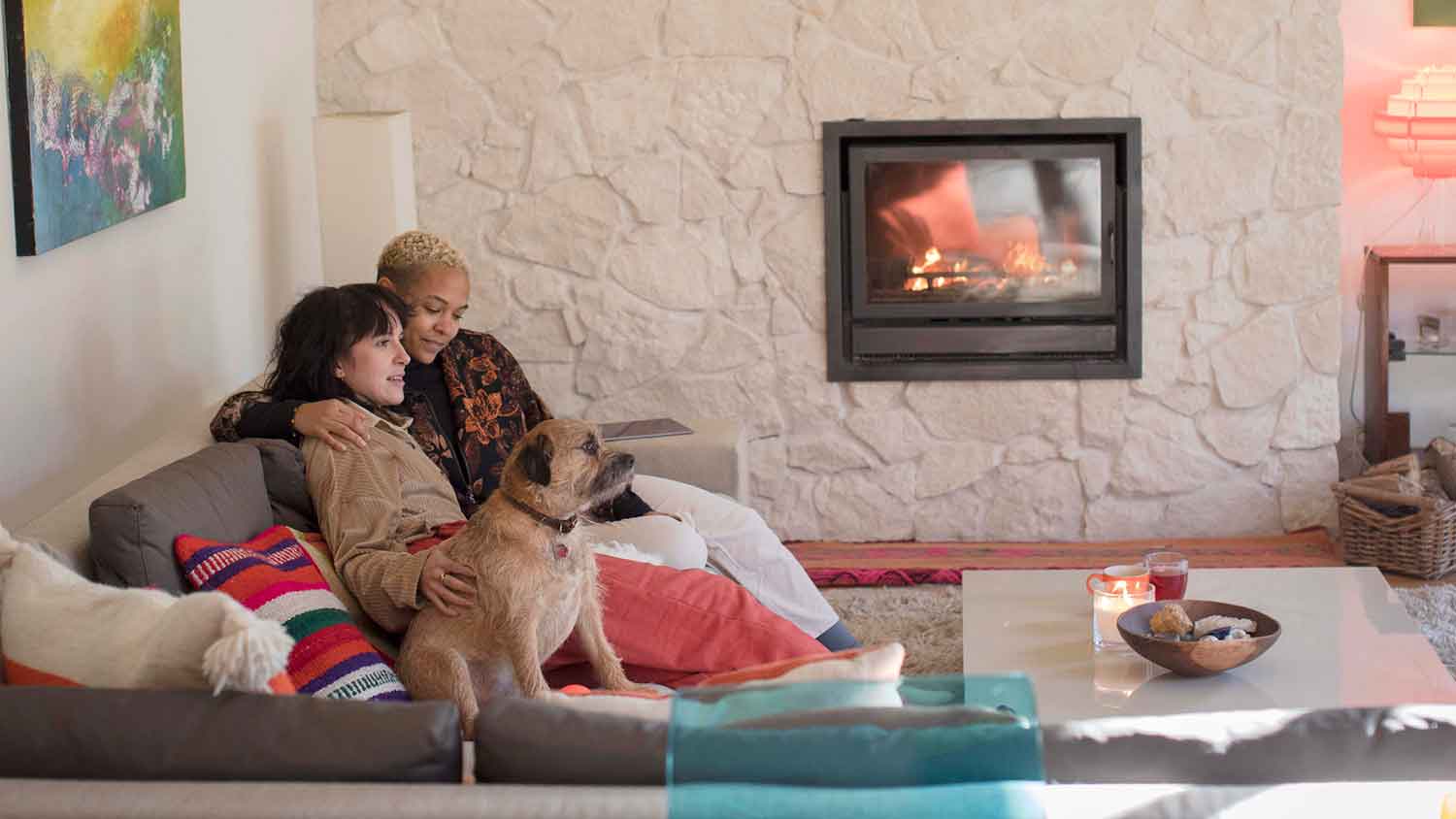
The average cost to remove a fireplace is $4,500, but your overall cost will depend on the type of fireplace, its condition, and other factors.
The average U.S. homeowner spends about $2,509 to install a fireplace or wood stove. Depending on fireplace type, size, and material, most spend between $943 and $4,224 with professional installation.


Most homeowners spend between around $225 for labor to install an electric fireplace panel, while installing a wood-burning fireplace costs $2,180 in labor.
Minor fireplace installation costs range from $200 to $10,000, while installation of a brand new wood-burning fireplace can be $30,000 or more.
Fireplace installation has a return on investment (ROI) of about 70%
The average ventilation system for a fireplace costs between $10 and $20 per linear foot.
On average, fireplace installation costs $2,509, but it could range from $150 to $8,700. Installing a fireplace or wood stove in your home can completely change how the space feels, and we’re not just talking about the temperature.
But before you start cutting out space in your ceiling for a chimney, you should get an idea of how much your new hunk of burning love will cost to install. Here are the piping hot details to know before planning out your fireplace or wood stove installation.
The two main factors affecting fireplace installation costs are the materials used and local labor rates, if hiring a highly-rated fireplace installer near you. There can be other cost components, however, including ventilation, gas line installation, and wiring. Here’s the full breakdown:

The average cost of installing a fireplace or wood stove boils down to its type.
| Wood Stove Type | Average Cost | Details |
|---|---|---|
| Electric | $1,000 | Easy to install, operate, and maintain; increases utility bill |
| Wood-burning | $700–$6,500 | Costs can skyrocket if starting from scratch |
| Gas | $2,500–$10,000 | Complex gas line installation can increase costs |
| Wood stove | $325–$4,000 | Highly efficient heating, more placement options |
| Fireplace insert | $1,000–$3,600 | Affordable fireplace alternative; can be wood-burning, gas, or electric |
Electric: The cost of installing an electric fireplace ranges from as little as $200 to as much as $10,000 for high-end units.
Wood-burning: You could pay upward of $30,000 to build a wood-burning fireplace from scratch. A higher price is likely if you need foundation work to hold up the weight of a new fireplace.
Gas: Converting a wood-burning fireplace to gas costs about $3,000.
Wood stove: More efficient and better for the environment. Always have a pro to help you move a wood stove safely.
Fireplace inserts: You can install a wood-burning fireplace insert yourself for under $1,500, though you’ll spend more on a professional installation.
The firebox is rarely the most expensive material when installing a fireplace. It’s everything that goes around the firebox that can quickly add up. Less expensive materials include simple tile or brick in a plain design. A more intricate design, like herringbone, can add more to the labor portion of your bill.
| Fireplace Type | Average Cost |
|---|---|
| Tile | $1,000+ |
| Brick | $1,500+ |
| Wood | $1,500+ |
| Concrete | $1,500+ |
| Custom masonry | $2,500+ |
| Marble | $5,000+ |

If you choose a more expensive material for the face, like marble or sourced stone, your materials can quickly reach the higher end of your budget. Finally, you’ll also need to consider materials for the mantle and hearth.
The more complicated the installation, the more labor you’ll pay. For example, the labor cost for a wood-burning fireplace is around $2,180, while an electric fireplace insert will only run you $225.
The type of fireplace or stove you want to install will affect how high or low the labor costs are due to complexity, wiring, masonry work, any necessary repairs, ventilation, and more.
Whether you’re reconfiguring an existing fireplace or adding a new one, you’ll likely need to have some kind of ventilation work done, whether that’s repairing or rerouting the existing vent system, inspecting an existing chimney, or installing a new vent system. The exception to the rule is when installing an electric fireplace insert or vent-free gas fireplace insert, neither of which requires ventilation.
The average ventilation system for a fireplace costs between $10 and $20 per linear foot. If you have an existing vent system for a gas fireplace, at the very least, you should hire a local gas fireplace contractor to inspect the current system and make sure it’s in good shape before installing a new gas fireplace.
Using an existing chimney to vent your new fireplace? A chimney sweep costs $255 for an annual inspection, but if they discover structural issues to your chimney, you’ll need to budget much more to go toward chimney repair costs, which can reach $5,000 (or $15,000 for a total chimney replacement).
Remember to install carbon monoxide detectors in any room with a wood or gas fireplace as a safety precaution.
Gas fireplaces can be more efficient and more convenient than a traditional wood-burning fireplace. But, gas fireplace installation isn’t easy.
It’s possible to install fireplace inserts yourself (and even DIY the fireplace around an insert, if you’re particularly handy), but when it comes to installing the gas line, you should always hire a local gas plumber to handle the work.
The average cost to install a gas insert is $3,600, but if you’re handling most of the work yourself and just hiring a plumber to connect the gas line, you can budget around $200.
Electric fireplaces are much more affordable when compared to other fireplace installs, but you’ll still likely want to hire a local electrician to install a dedicated circuit.
Installing a gas unit? Depending on where you’re placing the gas insert, you may also need to have an electrician run the wiring.
Expect to spend between $150 and $200 for the typical wiring project.
Most fireplace installations should be handled by professionals, so you should hire a local fireplace installer to ensure safe and efficient results.
A fireplace presents fire hazards and the danger of fumes leaking into your home if the installation goes wrong. It’s important to hire a certified pro for those reasons, as well as:
Professionals can recommend the right fuel, size, and brand of fireplace for your existing space.
Expert installers are knowledgeable about local building and fire codes, so they’re able to safely connect gas lines if necessary.
Installers can take care of permits required for significant fireplace renovations, like changing the size of the firebox or the location of the fireplace.
The pros can connect exhaust components safely to your chimney so that fumes don’t leak back into your home.
Fireplace components can be heavy and require significant installation steps, including roof and chimney work.
The pros can help arrange structural work if you need to reinforce your flooring or install a new exhaust line for your fireplace.
Set a clear budget and goals for your new fireplace before you start gathering estimates for the project.
Consider if you want a new mantle, base, or surrounding flooring work, and include these add-on projects in your budget.
Discuss your project timeline with the fireplace installer to schedule accordingly. Installations typically take one to three days.
When preparing for installation day, clear at least eight feet of space around your existing fireplace or the space where you want one.
Home is the most important place on earth, which is why Angi has helped more than 150 million homeowners transform their houses into homes they adore. To help homeowners with their next project, Angi provides readers with the most accurate cost data and upholds strict editorial standards. We’ve surveyed thousands of real Angi customers about their project costs to develop the pricing data you see, so you can make the best decisions for you and your home. We pair this data with research from reputable sources, including the U.S. Bureau of Labor Statistics, academic journals, market studies, and interviews with industry experts—all to ensure our prices reflect real-world projects.
Want to help us improve our cost data? Send us a recent project quote to [email protected]. Quotes and personal information will not be shared publicly.
From average costs to expert advice, get all the answers you need to get your job done.

The average cost to remove a fireplace is $4,500, but your overall cost will depend on the type of fireplace, its condition, and other factors.

Before installing a gas fireplace insert, it’s important to understand the various cost factors. Here’s how much an average gas fireplace insert costs.

The cost of removing a fireplace insert depends on the type of insert that’s installed. Read on to learn why electric is cheaper than a gas or wood insert.

So your fireplace stinks—what’s the deal? Find out the six potential reasons why your fireplace smells and how to fix them.

Wondering who to hire for a fireplace remodel? You have a few options, and we've rounded them up to help you make the best decision.

Your gas fireplace might not turn on due to a few problems. We’ll help you to troubleshoot what’s wrong and when you should call a pro.